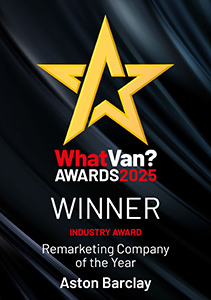
As EVs continue to gain popularity, understanding the different types of charging available is essential for any EV owner. Two primary types of charging are DC (direct current) and AC (alternating current). Each has its own applications, benefits, and limitations. This article explores these differences and when to use each type, along with the rate of charge you can expect. We’ll also touch on the option of using a 13amp 3-pin plug for charging.
AC Charging: The Basics
AC charging is the most common method used for home charging and lower-power public charging stations. In AC charging, the electric vehicle's onboard charger converts the alternating current from the power source into direct current that can be stored in the battery.
When to Use AC Charging:
- Home Charging: AC charging is ideal for overnight home charging as it is usually more economical and less demanding on the electrical infrastructure.
- Public Charging Points: Many public charging stations offer AC charging, especially in locations where high-speed DC chargers are not available.
Charge Rates:
- 3.7 kW: Provides up to 15 miles of range per hour of charge.
- 7 kW: Provides up to 30 miles of range per hour of charge.
- 22 kW: Provides up to 90 miles of range per hour of charge.
DC Charging: The Fast Track
DC charging is designed for rapid charging and is typically found at public charging stations along major roads and motor ways. The direct current from the charging station is fed directly into the vehicle's battery, bypassing the onboard charger.
When to Use DC Charging:
- Long Journeys: DC charging is suitable for quick top-ups during long trips, where a full charge is not necessary but a swift recharge is essential.
- Public Charging Stations: DC chargers are commonly found at fast-charging stations and are ideal when you need a significant amount of range added quickly.
Charge Rates:
- 50 kW: Provides up to 90 miles of range in a 30-minute charge.
- 150 kW: Provides up to 200 miles of range in a 30-minute charge.
- 350 kW: Provides over 200 miles of range in just 20 minutes
13amp 3-Pin Plug Charging: An Alternative
For those who do not have access to dedicated charging equipment, using a standard 13amp 3-pin plug is a feasible option. This type of charging is slower compared to dedicated home chargers or DC fast chargers but can be useful in a pinch.
Charge Rates:
- Slow Charging: A 13amp 3-pin plug provides a charge rate of about 2.3 kW, which means it is more suitable for overnight charging or for topping up the battery rather than for quick recharges.
Conclusion
In summary, choosing between DC and AC charging depends largely on your immediate needs. For everyday use and home charging, AC is often sufficient and more cost-effective. However, for rapid charging during long journeys or when a quick top-up is needed, DC charging is the way to go. Don’t forget, the 13amp 3-pin plug is a convenient option for emergency situations or where other charging solutions are not available.
Understanding these charging methods will help you better plan your EV usage and ensure you always have access to the charge you need, when you need it.






